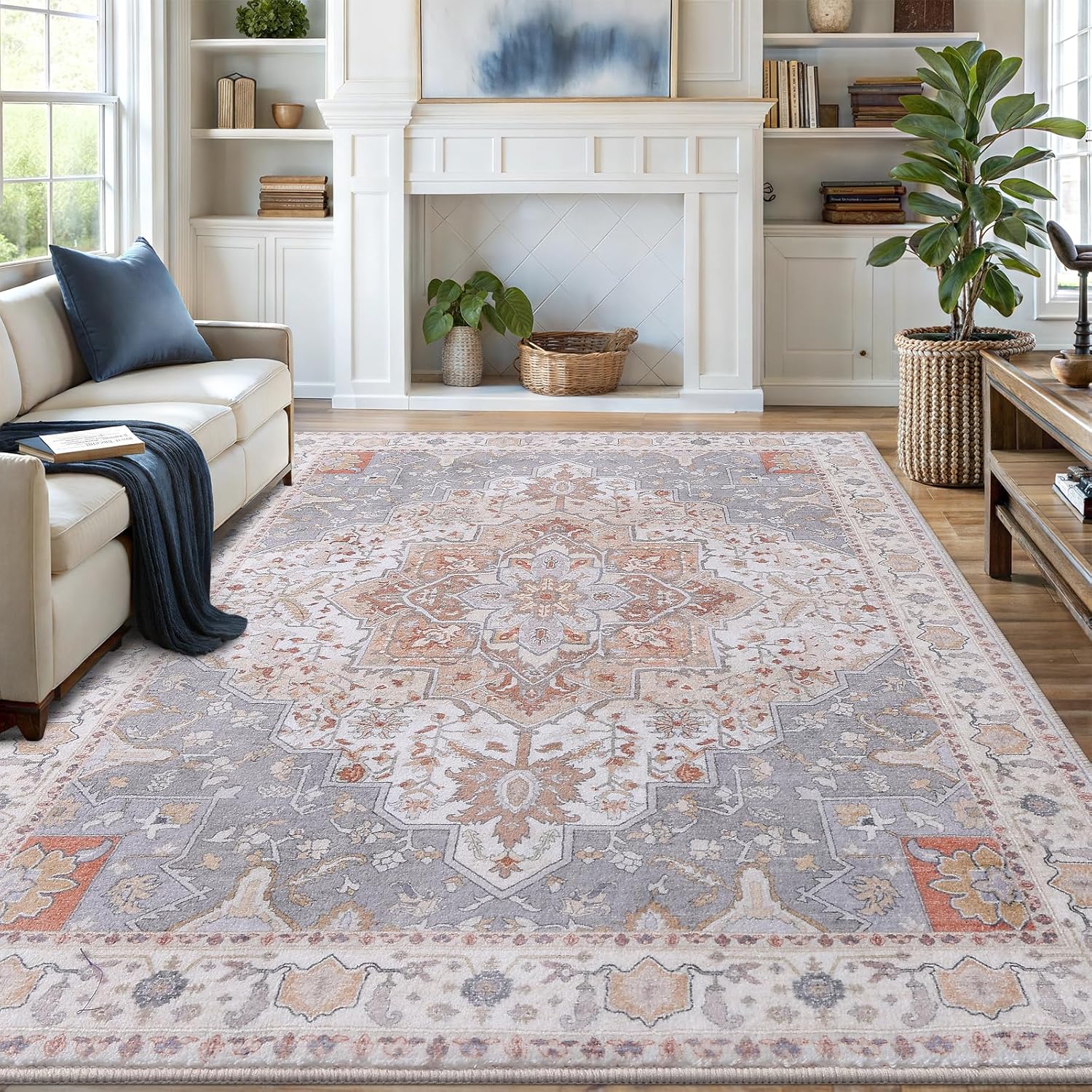To deep clean hardwood floors naturally, mix equal parts vinegar and water, then mop gently and dry immediately for a streak-free shine.
Hardwood floors add warmth and elegance to any home, but keeping them clean without damaging their finish can be challenging. Many commercial cleaners contain harsh chemicals that strip wood finishes over time. Fortunately, you can achieve sparkling results using natural ingredients you likely already have at home.

Understanding Your Hardwood Floor Finish
Before cleaning, identify your floor’s finish type. This determines which cleaning methods are safe:
Sealed vs. Unsealed Floors
Perform the water droplet test: place a few drops of water on an inconspicuous area. If the water beads up, your floor is sealed. If it absorbs quickly, the floor is unsealed or the finish is worn.
- Sealed floors: Can handle slightly more moisture. Safe for damp mopping with natural solutions.
- Unsealed floors: Require minimal moisture. Use barely damp cloths and dry immediately.

Essential Tools for Natural Hardwood Cleaning
Gather these supplies before starting:
| Tool | Purpose |
|---|---|
| Microfiber mop | Gentle on wood, traps dust effectively |
| Soft-bristle broom | For dry sweeping between deep cleans |
| Vacuum without beater bar | For thorough debris removal |
| White vinegar | Natural cleaning agent |
| Olive oil | Optional for adding shine |
For pet owners, consider a pet-friendly vacuum for hardwood floors to manage hair between deep cleans.
Step-by-Step Natural Cleaning Process
1. Remove Surface Debris
Begin by clearing the floor completely. Use a soft broom or vacuum (without beater bar) to remove loose dirt. According to Real Simple, this prevents scratches during mopping.
2. Create Your Cleaning Solution
Mix one of these natural solutions:
- Basic Vinegar Cleaner: 1 cup white vinegar + 1 gallon warm water
- Shine-Boosting Mix: 1 cup vinegar + 1 gallon water + 1 tbsp olive oil
- For Tough Grime: 1/2 cup vinegar + 1 gallon water + 1 tsp natural castile soap
3. Mop Properly
Dip your microfiber mop in the solution and wring until barely damp. Work in small sections, moving with the wood grain. Rinse the mop frequently in clean water.
4. Dry Immediately
Use a dry microfiber cloth to wipe the floor after mopping. Turn on fans or open windows to speed drying. Never let water pool on hardwood.
Special Considerations
For Old or Worn Floors
Older floors may have cracks that trap dirt. Use a soft toothbrush dipped in your cleaning solution to gently scrub these areas, then dry immediately.
For Stubborn Stains
For localized stains:
- Water stains: Rub with mayonnaise, let sit 1 hour, then wipe clean
- Black heel marks: Gently rub with baking soda paste
- Grease spots: Blot with cornstarch, let sit 15 minutes, then vacuum
Maintenance Between Deep Cleans
Keep floors looking their best with these habits:
- Sweep daily with a microfiber dust mop
- Use felt pads under furniture legs
- Place doormats at all entrances
- Clean spills immediately with a dry cloth
- Consider a robot vacuum for hardwood floors for daily maintenance
As noted by Martha Stewart, avoiding harsh cleaners and excessive moisture is key to preserving your floors’ beauty.
Natural Alternatives to Vinegar
If you prefer not to use vinegar, try these options:

Vanmoos 6×9 Machine-Washable Area Rug — Artistic Flair / Beige
Low-pile, non-slip rug that minimizes pet hair collection and makes quick cleanup part of your routine.
Affiliate link — may earn a commission at no extra cost to you.
- Black Tea: Brew 3-4 tea bags in 1 quart water. Cool and use as a cleaning solution.
- Hydrogen Peroxide: Mix 1/2 cup with 1 gallon water for disinfecting.
- Essential Oils: Add 10 drops of lemon or orange oil to your cleaning solution for fragrance.
Seasonal Deep Cleaning Tips
Adjust your cleaning approach with the seasons:
- Winter: Combat salt stains with a slightly stronger vinegar solution (1.5 cups vinegar per gallon)
- Spring: Focus on removing pollen with frequent dry dusting
- Summer: Address tracked-in dirt with daily sweeping
- Fall: Manage leaf debris with more frequent vacuuming
By following these natural cleaning methods, your hardwood floors will maintain their luster for years without exposure to harsh chemicals. Regular gentle care prevents the need for aggressive cleaning later.
